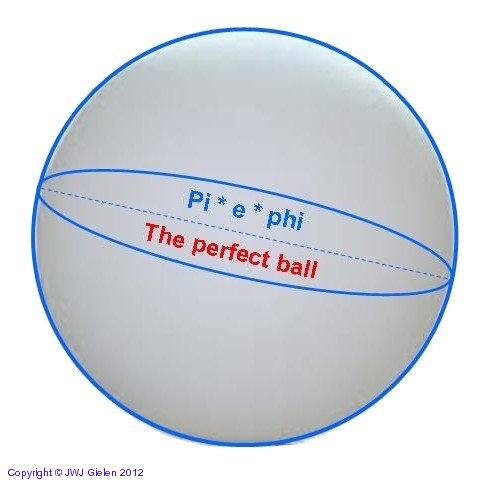/
/
/

Visit the website of J.C Perez for the latest findings.
www.golden-ratio-in-dna.blogspot.fr
(extract:
In ( Perez J.-C. (2010). Codon populations in single-stranded whole human
genome DNA are fractal and fine-tuned by the golden ratio 1.618. -
genome DNA are fractal and fine-tuned by the golden ratio 1.618. -
Interdisciplinary Sciences: Computational Life Sciences, 2: 1–13.
we showed that the population of the 64 codons of the whole human
genome, when reorganizing the universal genetic table using the
successive transformed fractal “dragon curve”, self-organized codons
populations around 2 atttractors: 1 and (3-phi) / 2. When publishing
this paper, I, of course, been very interested in the presence of the golden
ratio phi in this rule seemed to be a real tuning of our genome.You
understand my surprise when I discovered that my paper and especially
the value 0.6909830056 is quoted in a web site dedicated
genome, when reorganizing the universal genetic table using the
successive transformed fractal “dragon curve”, self-organized codons
populations around 2 atttractors: 1 and (3-phi) / 2. When publishing
this paper, I, of course, been very interested in the presence of the golden
ratio phi in this rule seemed to be a real tuning of our genome.You
understand my surprise when I discovered that my paper and especially
the value 0.6909830056 is quoted in a web site dedicated
to the intimate structure of atoms, quarks or Higgs boson (Gielen, 2012)
… (please visit http://quarks-divided.over-blog.fr/pages/Pi_e_Phi_and_
But let us now look at the value
VOLUME SPHERE = 4 × PI (R * 3) / 3 = 1.381944838 ...
We see that it is very close to 3-phi = 1.381966011. We deduce a
remarkable discovery: if the radius of a sphere is (3-phi) / 2 then the volume
of this sphere is 3-phi ... The error is only 0.0000211732501. Secondly,
we note also that
remarkable discovery: if the radius of a sphere is (3-phi) / 2 then the volume
of this sphere is 3-phi ... The error is only 0.0000211732501. Secondly,
we note also that
the SECTION of the SPHERE is PI×R*2 = 1.499977019 = 3/2. The error
is 0.000022981. Thirdly, we note that the surface of this
same sphere is
= SURFACE SPHERE = 4×PI×R*2 = 5.999908074 = 6 = 2x3
= SURFACE SPHERE = 4×PI×R*2 = 5.999908074 = 6 = 2x3
with an error = 6-5.999908074 = 0.000091926. Finally, the circumference
of the sphere is equal to 2 × PI × R = 4.341574268. Which is very close to
of the sphere is equal to 2 × PI × R = 4.341574268. Which is very close to
3 times the reverse of (3-phi) / 2, effectively: 6 ÷ (3-phi) =
4.341640786 then, the error is = 0.00006651754558.
In conclusion: “A sphere of volume 3-phi has radius (3-phi / 2)
which is half the same volume”.
Corollary: a sphere whose volume is equal to the diameter,
the section is 3/2, the circumference is 3 times the reverse of (3-phi) / 2
and the surface is equal to 6 has a radius = (3-phi) / 2.
Finally, if the radius of a specific sphere is (3-phi)/2
then:
the diameter is 3-phi
the circumference is 3 x ( 2/(3-phi)) ) 6 / (3-phi)
the section is 3/2 = 6/4
the surface is 6=2x3
and the volume is … 3-phi
for mobiles: http://quarks-divided.over-blog.fr/m/article-pi-e-phi-the-perfect-sphere-119163067.html
Published by quarks-divided


